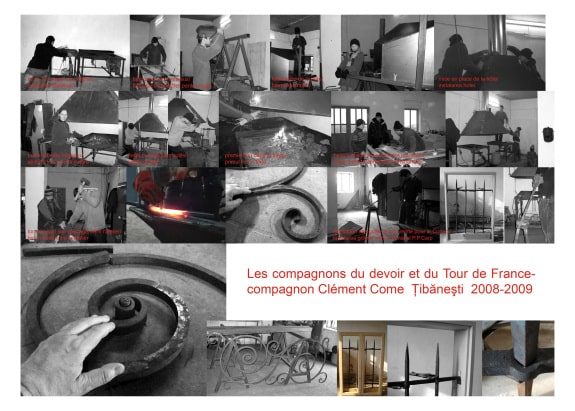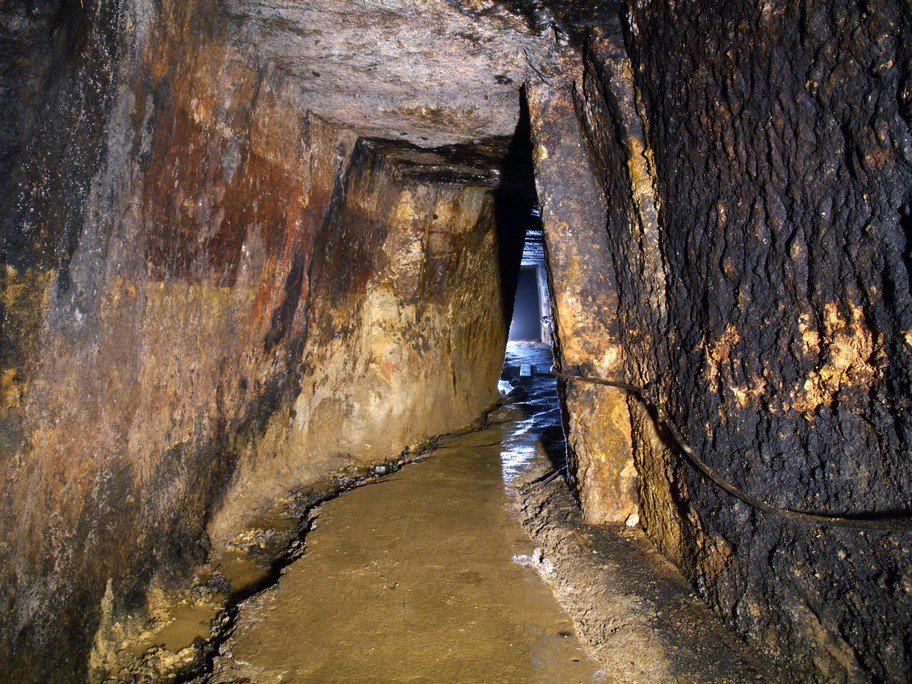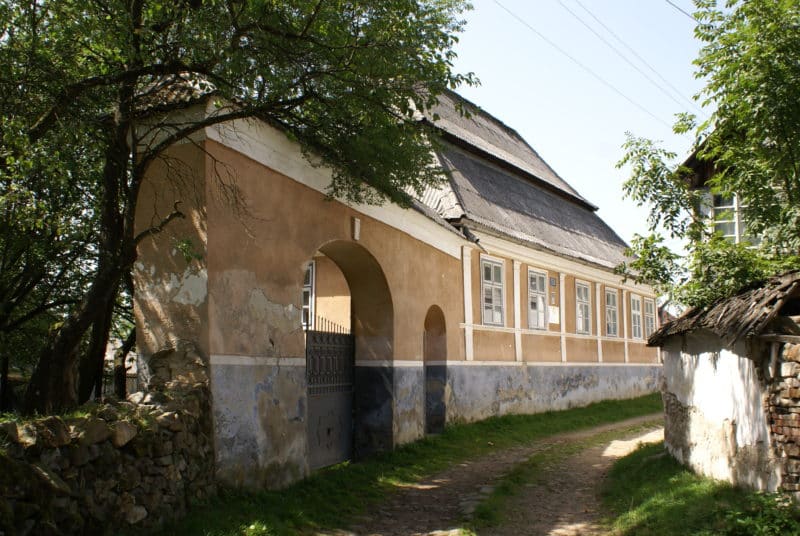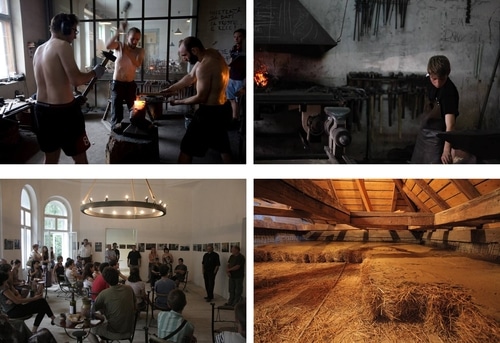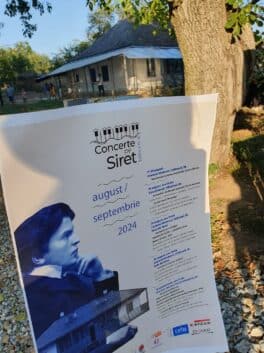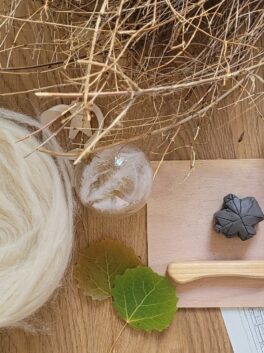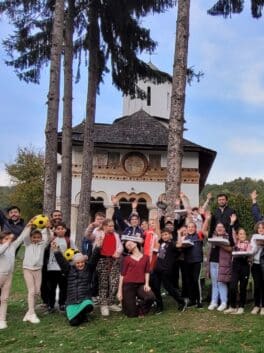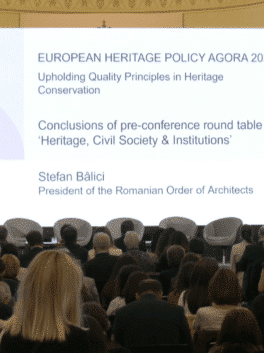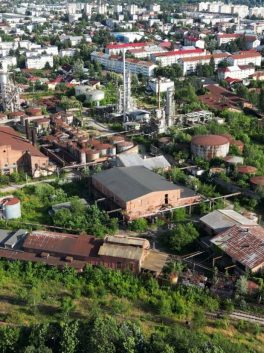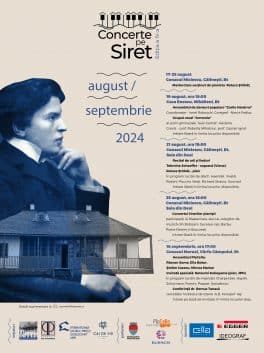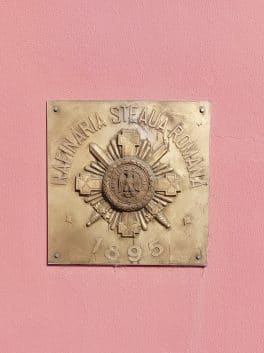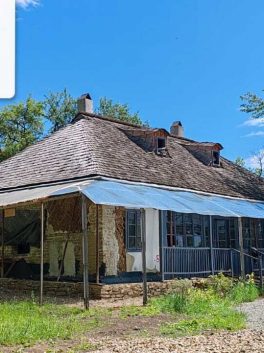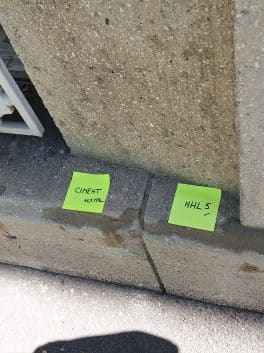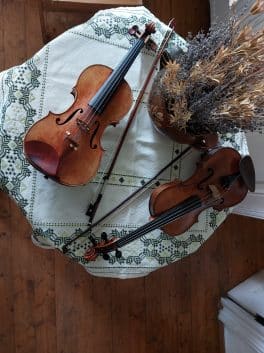
ROSIA MONTANA
Roşia Montană – Cultural Landscape, Heritage, Environment and Mining
Pro Patrimonio Foundation has been actively involved in efforts to recognize the unique universal value of the historic site of Roşia Montană (Alba County). Among other actions, it supported the financing of the archeology report written in 2010 by British expert archaeologists from Oxford and Leicester universities.
Pro Patrimonio Foundation consistently supported the inclusion of Roşia Montană on the UNESCO heritage list and in 2013 suggested its inclusion in Europe Nostra’s 7 most endangered cultural heritage sites in Europe program.
On 4 January 2017 The Ministry of Culture sent the Roşia Montană Mining Cultural Landscape to UNESCO. Peisajul Cultural Minier Roșia Montană. Submitting the file for the World Heritage list was made with the fully responsible action of Minister of Culture Corina Şuteu, after informing and consulting with Prime Minister Dacian Ciolos and with the support of the Ministry of Foreign Affairs. The protection of our national heritage is one of the main responsibilities of the Ministry of Culture and falls within its fundamental prerogatives. Roşia Montană’s submission to UNESCO ends a process started in 2011 (when the National Commission of Historic Monuments officially recommended the Ministry of Culture to include Roşia Montană on the UNESCO heritage list) and continued during Dacian Cioloş’s government mandate, adding in February 2016 Roşia Montană to Romania’s Indicative List for UNESCO. ”
(extract, Ministry of Culture, January 4, 2017, https://rosiamontana.world/
Updated news about the ongoing process to include the Roşia Montană Mining Cultural Landscape in the UNESCO World Heritage List, its stages and evolution can be found at https://rosiamontana.world/, , a website implemented by the Romanian National Heritage Institute.
Pro Patrimonio Foundation gives some brief info on this subject (1999-2013):
What is it about?
A private company (Rosia Montana Gold Corporation, abbreviated to RMGC) has conceded the right of exploitation from the Romanian state and proposes an open-pit mining project. The project was proposed in 1999, and has not yet been able to obtain the necessary legal clearing and approvals to start work. Why? Because the project does not comply with the Romanian legislation, because it represents a great threat to the environment and because much of the exploitation would take place on private property plots. The history of this project and the notices canceled in Court http://rosiamontana.org/node/291
- Why haven’t you heard anything about Rosia Montana these past years?
The silence of the press well as the acceptance of the project by politicians were bought by the private company. http://stirile.rol.ro/rosia-montana-cati-bani-a-primit-presa-de-la-rmgc-in-ultimii-ani-889925.html
what televisions are advertising the mining project
http://www.paginademedia.ro/2013/09/ce-televiziuni-au-avut-publicitate-de-la-rosia-montana-niciun-post-nu-a-fost-ocolit/
Here are some comments and remarks about press reports
http://uzp.org.ro/proiectul-rosia-montana-submineaza-credibilitatea-presei/
http://voxpublica.realitatea.net/politica-societate/alerta-revendicarile-protestatarilor-depuse-la-guvern-trei-ministri-demisi-respingerea-legii-speciale-comisie-de-ancheta-parlamentara-interzicerea-cianurii-si-includerea-rosiei-montana-in-unesco-97426.html
Foreign press reports http://totb.ro/protestele-pentru-rosia-in-presa-straina/
What has civil society been doing these past years?
Alburnus Maior is the association of locals and owners from Roşia Montană established in September 2002 to organize planned steps to stop the mining project proposed by RMGC. Through its ongoing work, Alburnus Maior coordinates what is today the largest social and environmental campaign in Romania. In support of this, many organizations, institutions, artists, journalists, as well as members of civil society of all ages and from social status in Romania and abroad have joined together.
http://rosiamontana.org/
In addition to campaigns for public information, monitoring of authorities, protests and legal actions, the Fân Fest Festivals are being promoted annually to promote the values of the area http://www.fanfest.ro/
What began as a protest festival in 2004, FânFest has become a distinct cultural space in support of environmental and social rights and the sustainable development of Roşia Montană – thus becoming the emblem of social and environmental movements in Romania over the last decade.
Adopt a Roşia Montană House is a program to rescue the cultural heritage and the traditional community in Roşia Montană and the neighboring villages. The program is initiated by Alburnus Maior, the local association dedicated to protecting the rights of Roşia Montană community members in partnership with ARA – Architecture. Restoration. Archeology, an active association in the field of research, conservation and value of cultural heritage for the benefit of communities and society.
http://www.adoptaocasa.ro/
http://www.e-zeppelin.ro/Ctrl-S-Rosia-Montana-Arhitectura-prin-voluntariat
In 2013, Roşia Montana was included in Europe Nostra’s 7 Most Endangered program. The file that was the basis of the joint proposal of the signing organizations, assumed by Europa Nostra and the partner banks by including them on the 7 monuments list includes a structured action plan in 10 different directions to which concrete projects correspond. The plan aims to contribute effectively to preserving the cultural heritage of the site through research and documentation, through direct conservation and correct value assessment. The planned actions, together with the involvement of the local community, will generate a huge impact both on the professional fields and on the public at local, national and international level. The plan will help maintain and increase community revenue while protecting biodiversity and the value of internationally recognized habitats that have sustained the traditional community.
http://www.simpara.ro/rosia-montana-o-preocupare-europeana-553.html
http://www.europanostra.org/7-most-endangered/
What began street protests on September 1, 2013
POn 27 August 2013 the government approved the draft law related to measures regarding to the gold-silver mining exploitation in the Roşia Montană perimeter and the stimulation and facilitation of development of mining activities in Romania.
See the draft Here
Here you can read the opinion of the Ministry of Justice on this bill, which states that the project “contains just as many restrictions of citizens’ rights, restrictions for whose lawfulness is a justification compatible with the conditions provided by the fundamental law”
At least 20 points inlaw repeating the phrase “by exception / derogation from legal directives” make this project unconstitutional and particularly dangerous
The map of protests started on 1 September 2013
See here the claims of the protesters: LINK

Workshop and School on Țibănești work site
Școala-atelier de meșteșuguri pe șantierul de la Țibănești
Since 2006 a cultural program called “Batem fierul la conac !” (“Hitting the iron at the manor”) was initiated at the Petre P. Carp Manor in Ţibăneşti, Iaşi County. The program includes a series of workshops for traditional crafts and experimental techniques and is coordinated by Asociația Maria in partnership with Pro Patrimonio Foundation. All activities grouped around the P.P. Carp Manor make up a school for crafts designed primarily for the villagers from Ţibăneşti, but also for all aware of the value of cultural heritage and the need to pass on it to their children. The historical complex of national importance Petre P. Carp from Ţibăneşti consists of a manor, a church, a mausoleum and the auxiliary building. The dendrological park was not returned and remains in the administration of local authorities. More about the complex and program here:
http://www.justitiecurata.ro/conacul-petre-p-carp-din-tibanesti-salvat-de-la-ruina-de-un-proiect-dedicat-mestesugurilor-si-patrimoniului/
The program addressed the students from the faculties of architecture, restoration, art, construction, archeology, photography, to local people, specialists, as well as those interested in the subject is an alternative to standard educational offers . The workshop is supported by the presence of the Mraz Fotopoetika School – lectures, projections and exhibitions, which poetically “maps” the activities and cultural landscape of Ţibăneşti.
“In the manor workshops we have learned not to seek universal prescriptions and formulas, but to consider each case independently, to see how important the context a material is used in is, the fact that it must be modeled properly while taking into account its properties, and allow our hands to imprint it and fill it with content, “says the organizer of the workshop, the Asociația Maria.
In September 2017, the association Carpenters Without Borders and a class of apprentice carpenters from Les Compagnons du Devoir and Tour de France in Rouen came to voluntarily restore the roofing of the Ţibăneşti ironwork shopthat had been under restoration for 10 years. The new roofing will allow us to create a new usable space. This will be an important aid for continuing the project in Ţibăneşti, in organizing courses and workshops dedicated to traditional crafts. The work process, starting with documenting how ash and oak log have been moved, studied and carved by craftsmen and apprentices, has been documented in an online workshop diary here:
https://tibanestiaocdtf.wixsite.com/mobilite2017
Details about the workshop and craft school at the P.P. Carp Manor from Ţibăneşti
Tablou activitati Workshop and School on Țibănești work site












